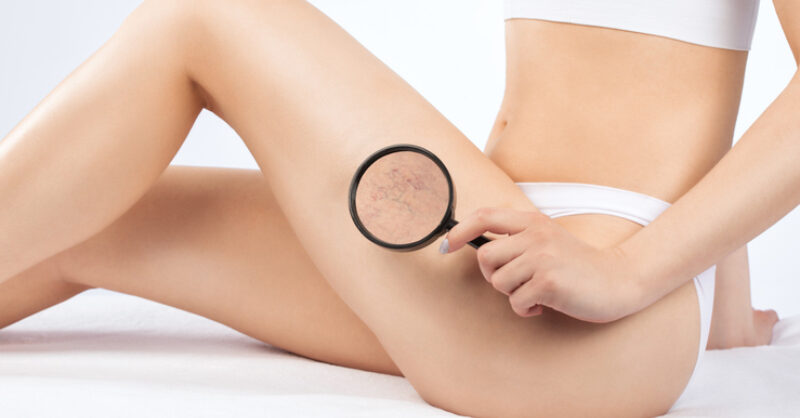Varicose veins are a common condition characterized by swollen, twisted veins that are visible just under the surface of the skin. They most often appear on the legs and can affect people of all ages, though they are more prevalent in women and older adults. Although the condition may be painless and primarily cosmetic for some, others may experience discomfort, aching, or swelling. This can prompt some to seek management tips or treatment options.
What Are Varicose Veins?
Veins are the blood vessels responsible for returning blood from the body to the heart. To accomplish this, especially from the lower body, veins contain tiny one-way valves that open to allow blood to flow toward the heart and close to prevent it from flowing backward. When these valves become weak or damaged, they may not close properly. This malfunction allows blood to leak backward and pool in the veins. The pressure from the pooled blood causes the veins to stretch, swell, and twist, leading to the formation of varicose veins.
What Are the Symptoms?
The appearance of varicose veins is their most recognizable sign. They typically look like bulging, rope-like cords on the legs, and they may be blue or dark purple. For some individuals, the cosmetic appearance is the only symptom. Many people experience physical discomfort that can range from mild to severe.
Common symptoms associated with varicose veins include:
- An achy or heavy feeling in the legs.
- Burning, throbbing, and swelling in the lower legs.
- Itching around one or more of the veins.
More serious issues can arise in some cases, such as skin ulcers. Another potential complication is the formation of blood clots within the veins.
How Are They Managed and Treated?
Management and treatment approaches for varicose veins focus on relieving symptoms, preventing complications, and improving appearance. The approach often begins with conservative, at-home strategies. These lifestyle adjustments can help manage discomfort and may prevent existing veins from worsening.
Self-care measures include:
- Exercise: Regular physical activity, like walking, helps improve circulation in the legs.
- Weight Management: Maintaining a healthy weight may reduce pressure on the veins.
- Leg Elevation: Raising the legs above heart level several times a day can help reduce swelling and improve blood flow.
- Compression Stockings: These garments apply steady pressure to the legs, assisting the veins and leg muscles in moving blood more efficiently.
- Avoiding Prolonged Standing or Sitting: Changing positions frequently encourages better blood flow.
When self-care measures are not sufficient to manage symptoms or when cosmetic improvement is desired, a medical professional might suggest specific procedures. These treatments are designed to close off or remove the affected veins. Sclerotherapy is where a solution is injected into the vein to scar and close it. Endovenous ablation techniques use heat or laser energy to achieve the same result.
Consult a Vascular Specialist
Living with varicose veins can range from a simple cosmetic issue to a source of daily pain and discomfort. Because symptoms and their severity may vary widely among individuals, a personalized evaluation is beneficial. A consultation with a vascular specialist can provide a thorough assessment of your specific situation. These medical doctors are trained to diagnose and manage diseases of the vascular system and can offer the most appropriate treatment for your needs.
